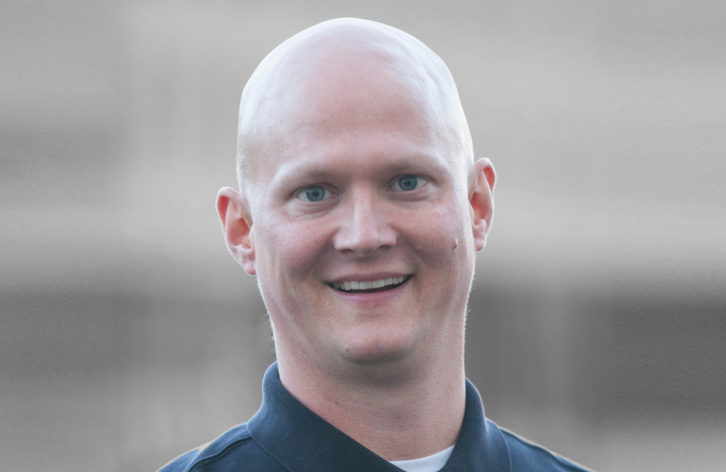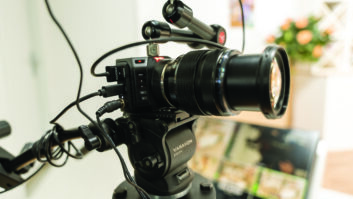
When the overseas shipping industry forced ISO 668 Intermodal Containers on the trucking and rail industries, there were riots and congressional hearings in the United States. Then, according to economist Daniel M. Bernhofen, the US saw containerisation’s effect; a global trade increase of 700% over the 10-year period studied.
In pro AV and broadcast production, we’ve seen enough examples to get scared and also to prepare. The battle over which AV over IP technology will dominate our industry determines whether or not our own revolution is ready to start. If we settle on two or three competing standards, we’ll see a similar market reconfiguration to what happened when DLP projectors came on the scene; some names went away, new names surfaced, and we all made money in similar ways. If instead we choose a single, open, interoperable method of AV over IP media transport, our industry will be profoundly transformed, following the past pattern of the trucking, rail and other industries.
Where are we on the curve? Today, there are at least five significant AVoIP solutions and none are compatible with each other. The only vetted, professional, open standard in the mix is SMPTE ST-2110. In addition to pulling off some significant, early technical achievements at sporting events and broadcast operation centres worldwide, it has predictably been the most provocative, with a number of posts written (including one from the SDVoE Alliance) about how unsuited it is to pro AV workflows.
“It has predictably been the most provocative, with a number of posts written about how unsuited it is to pro AV workflows”
You hear the same complaints over and over: The old guard came together and made an AV over IP solution that costs more than the broadcast equipment they were trying to replace. I like to tease the standard as well: I think ST-2110 is like meditation; it’s as simple as it is difficult to implement.
A layered set of standards
The ST-2110 set of standards define how bits are packed (RTP), how streams are described (SDP), and how source synchronous timing is achieved (PTP). These layers build upon one another to make a composable way to send and receive low-latency, uncompressed video, audio and ancillary data across an IP network.
At this layer of broadcast television production, anything that’s over-complicated or not well thought out will fail at events such as the Olympics or the Grammy Awards. That scale and simplicity is expensive and time-consuming to develop, but the results are speaking for themselves, as major components of the standard come on-line. Real world adoption of ST-2110 is picking up and work is progressing towards a more complete stack.
Benefits for pro AV
The AV industry can benefit from this progress in the same way that we benefit from other once-military-grade-only technologies, such as the Internet or computer chips. Since future expansion is baked into ST-2110’s design, we can consider broader use cases under the same API and framework, if we develop profiles with interoperability in mind. In that spirit, there is a strong push to develop the additional standards and mechanisms needed to meet popular requirements in pro AV, such as compression, HDCP, Hot Plug Detect, CEC and others that are outside of HDMI or even our industry.
If there was a better standard for moving stories across an IP network in every possible market, we’d build on that one. Since there isn’t, our best choice was and is to work with SMPTE, Video Services Forum, AMWA/AIMS, and the other organisations that are focused on achieving these goals through open standards.
It makes sense to rain down on open standards if your business model includes promoting a closed networking standard in the year 2019. However, if that is not your situation, then consider this question: Will the open standard eventually win out?
If history has its say in the same way that it has in the past, it makes more sense to help lead the change by getting involved in the standards process. By helping to build the future infrastructure that will become the foundation for how we communicate within the IP domain, your company will be better prepared with products and a strategy for the transition that is all but certain to come, sooner than later.







